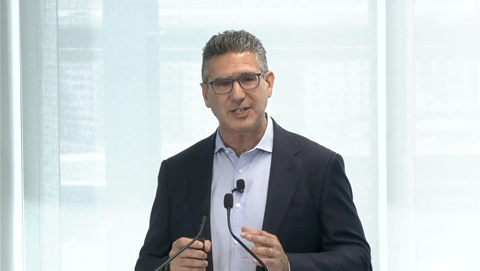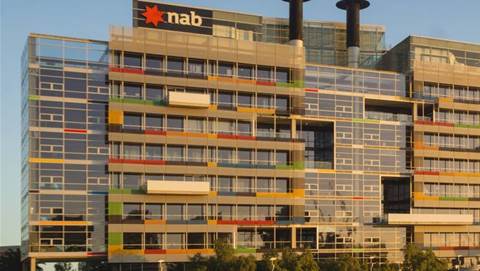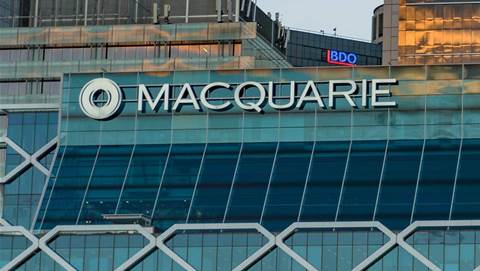Westpac has reported saving $102 million in six months through improved business processes, job cuts, and the November 2011 restructure of its technology and operations teams.

The bank this week posted a net profit of $2.967 billion for the six months to 31 March, down 25 percent from the same period last year.
Chief executive officer Gail Kelly said the group had posted a “sound result in a challenging environment” that reflected “continued progress in building a stronger and more productive environment”.
“Productivity is a big focus for us in the Westpac group,” she told investors this morning, highlighting a cost-to-income ratio of 41.1 percent – four percent lower than competitors.
“Our revenue per average employee has increased; that’s a function of the revenue uplift and also that we’ve been managing our overall employee base.”
Westpac shed 1482 full-time equivalent employees over the year, including 1305 during the six-month reporting period, to reach a total of 36,407 full-time employees as of 31 March.
Last May, Westpac reported hiring 1254 technology staff between March 2010 and 2011 to support its five-year, $2 billion Strategic Investment Priorities (SIP) program.
It cut 125 full-time SIP jobs in the six months to 31 March 2012, as various SIP projects came to an end.
Kelly said the bank had completed 60 percent of the SIP program, including moving to Fujitsu’s new data centre in Western Sydney.
“We’ve got very nice, stable core banking systems now within Westpac and St.George,” she told investors.
“The focus in the last six months has been improving our front-end systems, implementing a teller system for the Westpac group, a contact centre system, big focus on online, payments and mobile.
“Over time, that will translate to sales effectiveness, simplified processes and a better customer experience.”
The group shed an additional 383 jobs due to a November 2011 restructure that consolidated technology and operations staff in a new Group Services division, and a number of brands into an Australian Financial Services division.
Meanwhile, it moved some 428 outsourced mortgage processing roles in-house, while shifting a total of 971 full-time roles to “an external supplier”.
Westpac did not identify its technology suppliers; however, it has been lauded for renegotiating a multi-billion dollar deal with IBM and has outsourced and offshored hundreds of technology jobs in recent months.
In its interim results announcement to the ASX, the group reported spending $93 million to establish its “best-sourcing” supplier program, announced late last year.
It told investors that it had spent $133 million ($93 million after tax) on implementing the program in the half-year, including $63 million in redundancy and redeployment costs.
The supplier program was expected to deliver cost savings in late 2012 and 2013, as well as reduced project costs over time, increased flexibility and better access to skills and capabilities.



_(5).jpg&h=140&w=231&c=1&s=0)
.png&h=140&w=231&c=1&s=0)




.png&w=100&c=1&s=0)

 iTnews Benchmark Security Awards 2025
iTnews Benchmark Security Awards 2025
 Digital Leadership Day Federal
Digital Leadership Day Federal
 Government Cyber Security Showcase Federal
Government Cyber Security Showcase Federal
 Government Innovation Showcase Federal
Government Innovation Showcase Federal
 Digital NSW 2025 Showcase
Digital NSW 2025 Showcase












_(1).jpg&h=140&w=231&c=1&s=0)



